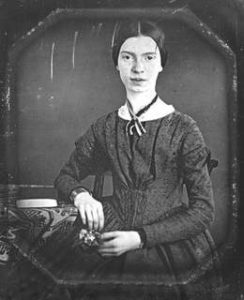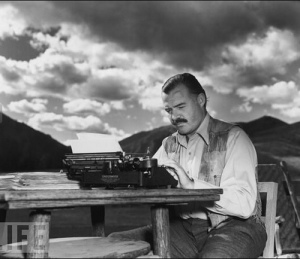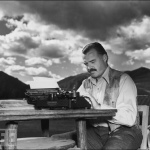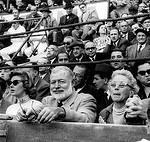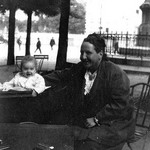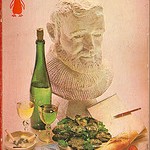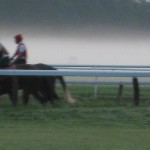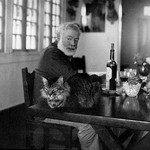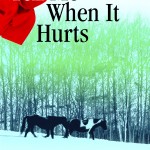November is National Writing Month, so today I muse about how some writers write. Ernest Hemingway’s first rule for writers was to apply the seat of the pants to the seat of the chair. But not all authors are able to survive with such a simple approach.http://www.sandiegouniontribune.com/news/2015/nov/14/lederer-good-time-to-reflect-art-of-writing/
Every writer has his/her own comfort place where writing is easier and better for him/her. Hemingway often wrote standing up especially after the plane accidents but he also enjoyed writing at a big table. His fourth wife, Mary, created a studio for him on the Finca property but he never took to it and preferred to write in the house. He typed but he also did a fair amount long hand and edited long hand, slashing, writing, correcting, modifying.
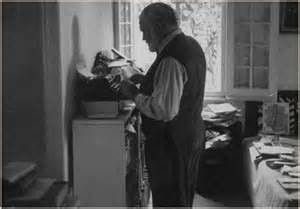
The above article is about other writers’ habits. To quote the author of the article, Richard Lederer:
Francis Bacon knelt each day before creating his greatest works. Martin Luther could not write unless his dog was lying at his feet, while Ben Jonson needed to hear his cat purring. Marcel Proust sealed out the world by lining the walls of his study with cork. Gertrude Stein and Raymond Carver wrote in their cars, while Edmond Rostand preferred to write in his bathtub.
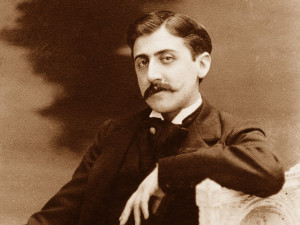
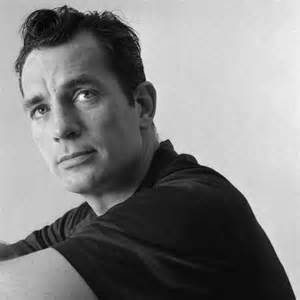
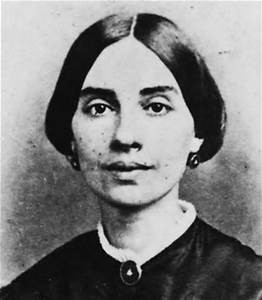
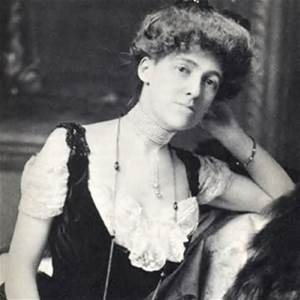
Emily Dickinson hardly ever left her home and garden. Wallace Stevens composed poetry while walking to and from work each day at a Hartford, Conn., insurance company. Alexander Pope and Jean Racine could not write without first declaiming at the top of their voices. Jack Kerouac began each night of writing by kneeling in prayer and composing by candlelight. Friedrich Schiller started each of his writing sessions by opening the drawer of his desk and breathing in the fumes of the rotten apples he had stashed there.
Some writers have donned and doffed gay apparel. Early in his career, John Cheever wore a business suit as he traveled from his apartment to a room in his basement. Then he hung the suit on a hanger and wrote in his underwear. Jessamyn West wrote in bed without getting dressed, as, from time to time, did Eudora Welty, Edith Wharton, Mark Twain and Truman Capote. John McPhee worked in his bathrobe and tied its sash to the arms of his chair to keep him from even thinking about deserting his writing room.
This is me again. So you always knew writers were a weird and rare breed. I don’t have any habits that rival the above. Give me a fire, one of my dogs, and some smooth jazz and I usually can get something down.
Any other strange writing habits out there?

Best, Christine
ADDENDUM: An astute reader wrote to say that the above photo is not of Emily Dickenson. So much for Google image search. Here is another and I hope it is correct. Many thanks! C
